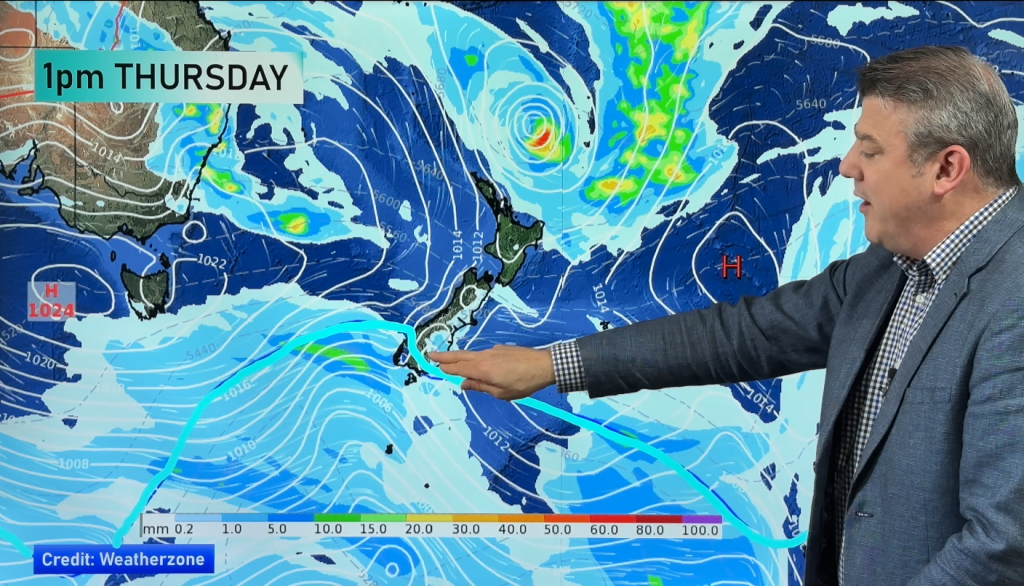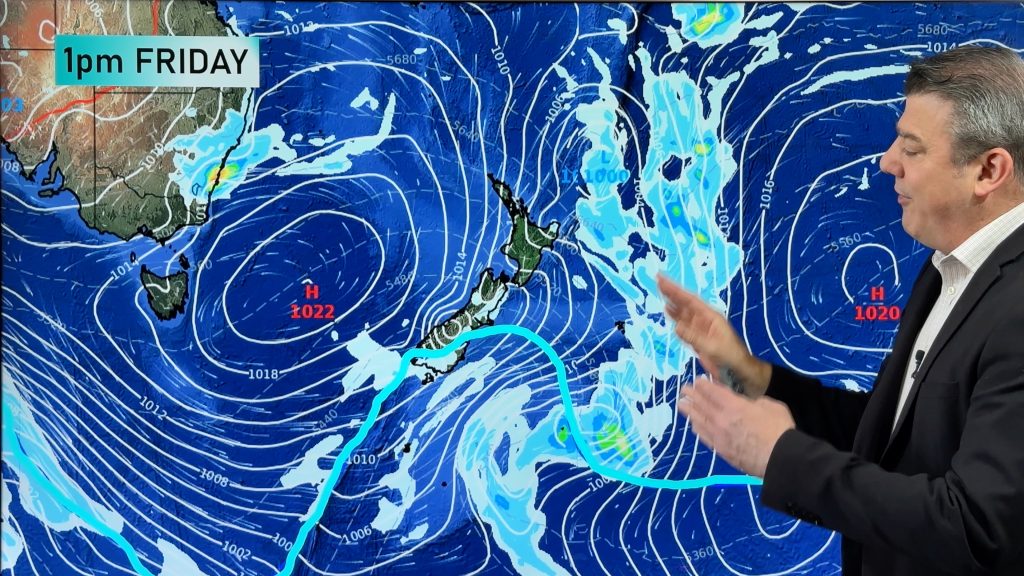
> From the WeatherWatch archives
Floodwaters covering much of western New South Wales, northern Victoria and northern South Australia are now glaring in the sunshine after a week’s worth of dense cloud and rain.
The scope of the flooding is coming to light, particularly from the air, where floodwaters are reflecting blue sky for thousands of kilometres, much of it across the Murray-Darling Catchment. Flood levels across the catchment are expected to reach those of the 1970s or 1950s.
On the ground and in the water, where residents, emergency services and volunteers continue to shepherd people and livestock away from swollen rivers, the brightness is akin to sailing on the ocean. Hats, longsleeves and sunblock are now part of the uniform due to the very high UV index.
Mosquitoes are often a concern after a flood event, but thankfully they have not become a major problem yet. The one thing keeping the mozzies at bay is cooler southerly winds which are filtering across the region. These winds are reducing the humidity and keeping temperatures a few degrees below average, conditions which keep their breeding down.
One of the worst affected areas, in terms of widespread flooding, has been in the Murray-Darling Catchment of NSW and Victoria. Some of the often-dry floodplains have been subject to serious flooding, a result of the wettest week on record.
Parts of the Upper Western, Lower Western, Riverina, South West Slopes, Southern Tablelands and North East districts have had their wettest week in at least 100 years of records.
Grong Grong gained 369mm, Burrinjuck Dam 329mm, Yackandandah 324mm, Ivanhoe 294mm, Coolamon 274mm, Rutherglen 261mm, Lake Cargelligo 244mm and Wilcannia 240mm, all of which are new 100-year records for weekly rain totals.
Now that the rain has stopped and cooler, drier southerly winds are taking over it’s a matter of staying clear from floodwaters until they recede enough to start the clean-up. On the flattest terrain the receding will take weeks. Thankfully there looks like being at least a week of dry weather to clean up.
For those downstream, including in South Australia’s Murray region, a new surge of water is on its way, which may also lead to significant flooding in the coming weeks. The flushing out of the river system will reach the Lower Lakes near Goolwa, much like what happened early last year.
Meanwhile, the once-oscillating trough which brought this week-long drenching has moved well to the northeast. It has taken rain cloud to northeastern New South Wales and southeast Queensland, where showers and storms are not nearly as heavy.
– Weatherzone
Comments
Before you add a new comment, take note this story was published on 6 Mar 2012.






Add new comment